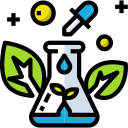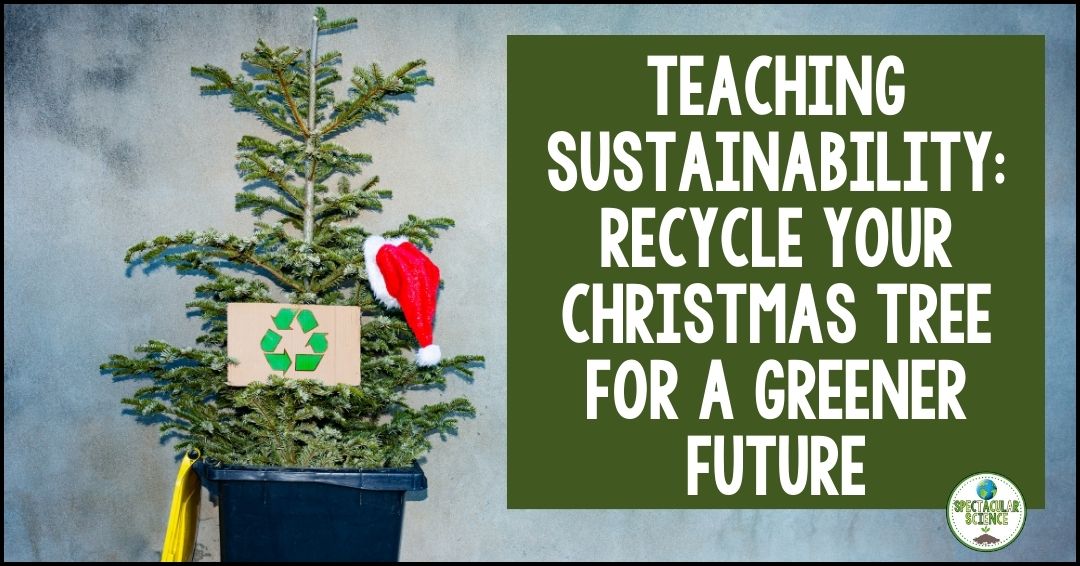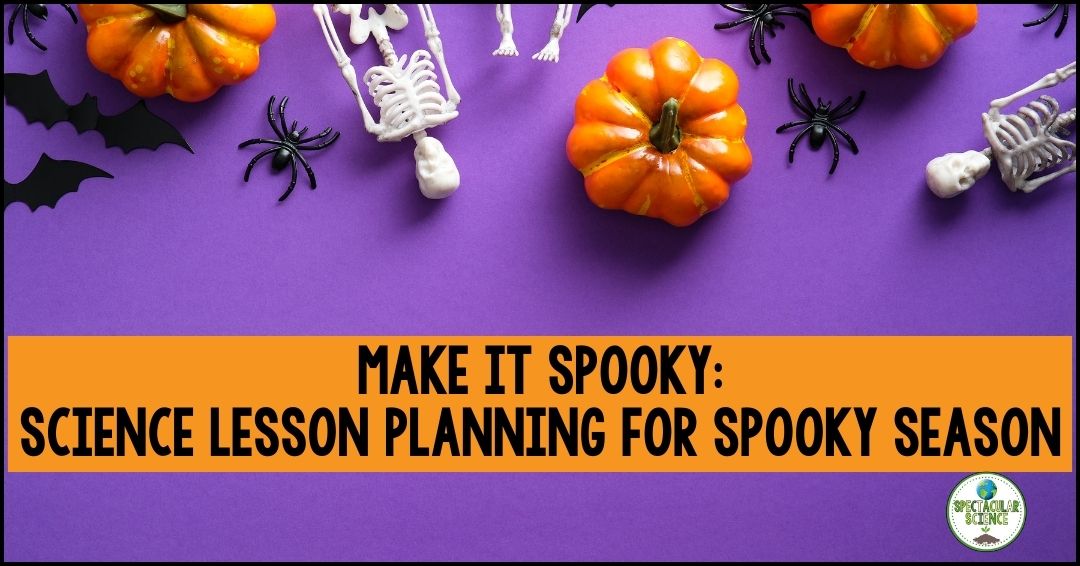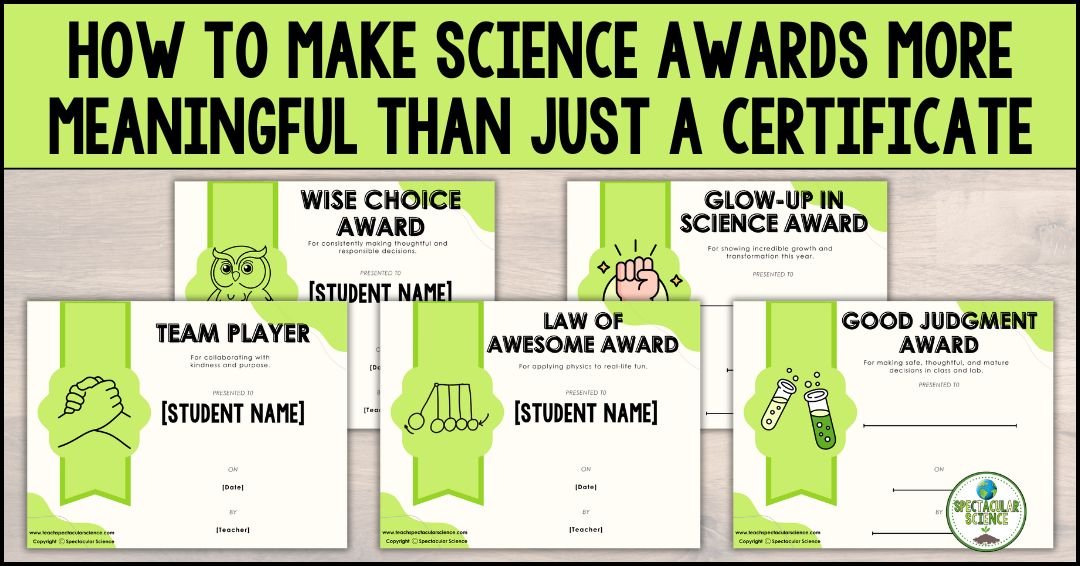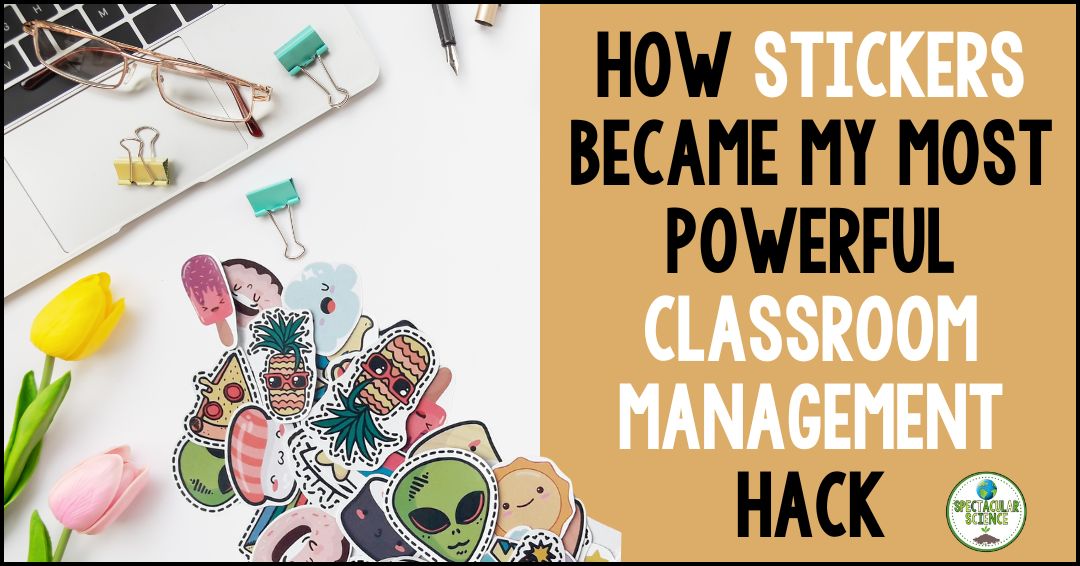
Let’s hear it for love… of science… and Valentine’s Day! In my classroom, students were always aware of the days and weeks leading up to Valentine’s Day. Tapping into that energy by integrating the day (or week) with science-focused lessons and activities can be a fun and educational way to celebrate the holiday.
Science Teaching Strategies for Valentine’s Day
Integrating the joy of Valentine’s Day into your middle school or high school science lessons is an effective teaching strategy for student engagement. Students might already be distracted by the day for any number of reasons but there are ways to shift that distraction into focus.
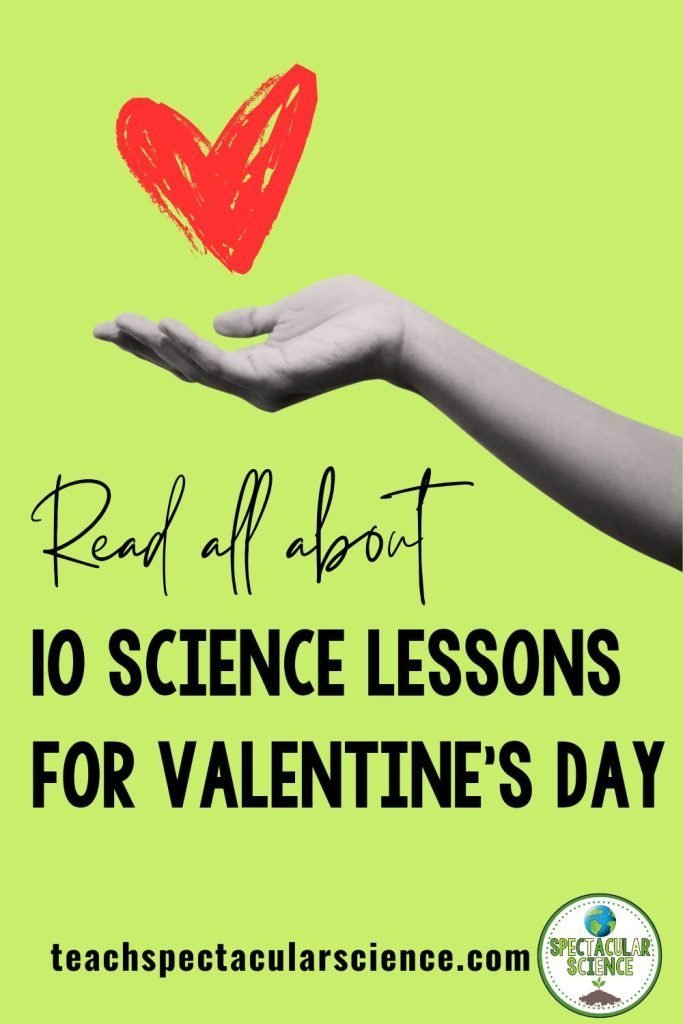
Here are 10 activities that teachers can do with their middle and high school students in science class:
1. Geological Love Stories
Assign students to research and present on famous geological formations that are associated with love stories or legends. For example, students can explore the legend of the “Kissing Rocks” or the geological features associated with romantic landscapes. Your students might be surprised to learn that the Grand Canyon is the fourth most popular place in the world for couples to get engaged!
Check out this activity with everything you need for success including suggested places, guided research worksheets, and teacher answer keys.
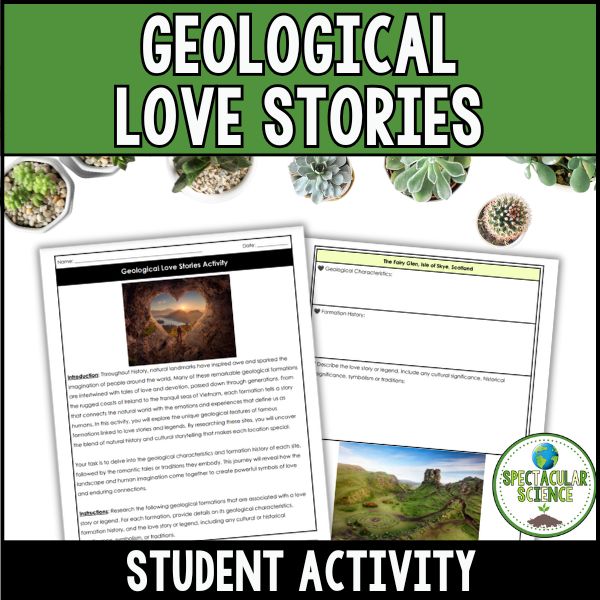
2. Fossil Dating Game
Create a fun and interactive “Dating Game” but make it science-y with fossils. Instead of trying to date each other, students play the role of different types of fossils. Through the game, students will learn about the concept of relative dating by interacting with each other to determine the chronological order of events.
Here’s a fossil collection set, which includes 20 real premium specimens.
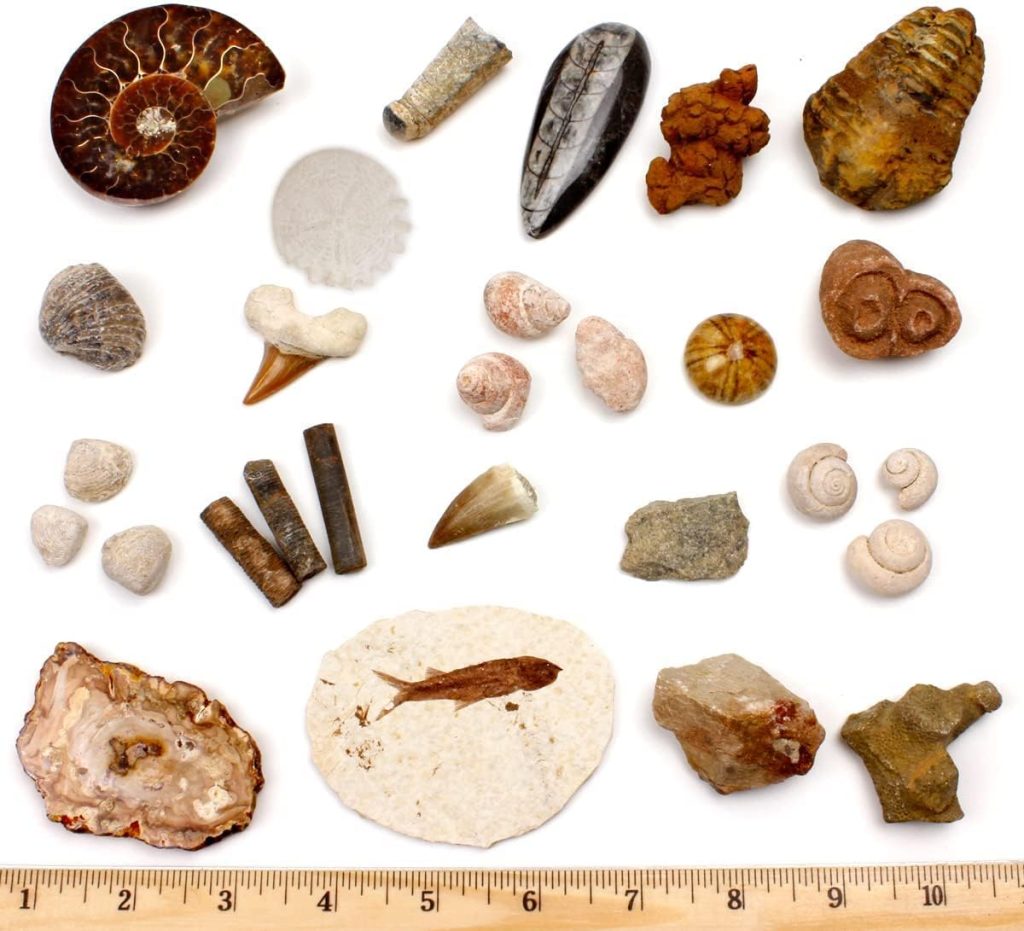
3. Astronomy of Love
Tie in some astronomy by discussing celestial events associated with love and romance, such as the heartbreaking story of Orion and Artemis. Not all love stories have happy endings and this might be just the ticket to hook some of those in your class who don’t have positive feelings about Valentine’s Day!
Explore constellations related to love and have students create their own constellations representing aspects of love and relationships. Grab this activity to explore love constellations in a way that seamlessly blends research, creativity, and critical thinking. The resource provides sample responses that ensure educators have the necessary guidance to lead meaningful discussions and assess student comprehension!
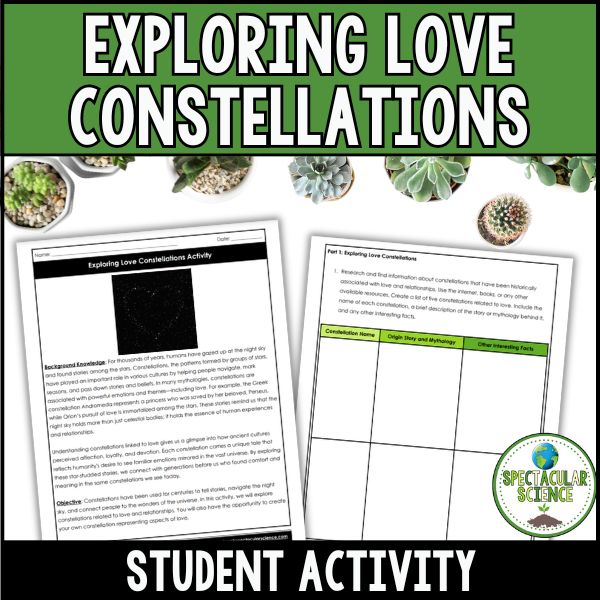
4. Environmental Impact of Valentine’s Day
For students who are critical of the commercialization of the day, this is an ideal way to use the holiday for further learning. Discuss the environmental impact of traditional Valentine’s Day activities and gifts such as flowers, chocolates, increase in restaurant visits, etc.
Use this resource for a comprehensive learning experience. Students research and present about the carbon footprint of common gifts, the environmental impact of flower production, and sustainable alternatives.
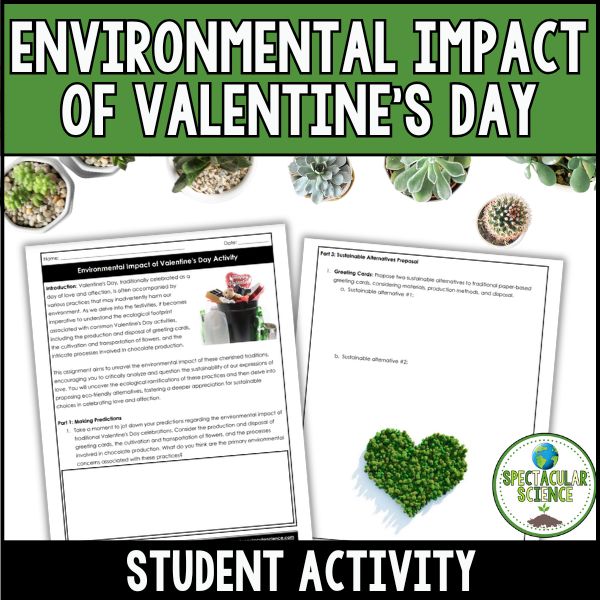
5. Valentine’s Day Science Poetry
Have students read and write Earth science-themed poems with a Valentine’s Day twist. They can use geological terms, environmental issues, or scientific concepts in their poetry and share their creations with the class.
This would make a great bulletin board display… and one that could last from February until Earth Day in April. (This is ideal if you don’t have the time (or inclination) to change up your class bulletin boards regularly! Hi, I’m the problem. It’s me!)
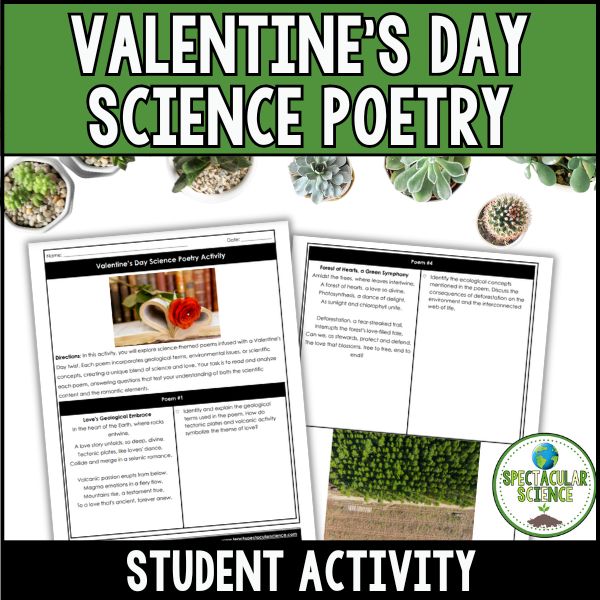
6. Chemistry of Love
Explore the chemistry behind love by discussing hormones and neurotransmitters associated with romantic feelings. Students can create “love potion” recipes using safe household materials, explaining the scientific basis behind each ingredient.
If you have senior students they can explore the work of researcher Dr. Helen Fisher who has conducted many studies about the effects of love on the brain. This article from Harvard University provides an overview of her work and the science behind love in student-friendly language.
7. Heart Dissection
If appropriate for your class and within your school’s safety guidelines, consider a heart dissection activity. Students can learn about the anatomy of the heart and its functions, relating it to the theme of love and Valentine’s Day. There are also options available for a virtual viewing of a dissection such as this one from PBS Learning focuses on the dissection of a sheep’s heart.
8. Candy Experiments
Conduct experiments using Valentine’s Day candies to teach various scientific concepts. For example, students can investigate the dissolving rates of different candies, explore density by layering candies of varying masses, or study chemical reactions involving candy ingredients. And well, if students snack on a few cinnamon hearts it wouldn’t be the end of the world either!
9. Physics of Cupid’s Arrow
Explore the physics of archery and discuss the concepts of force, motion, and energy transfer. Students can calculate the trajectory of Cupid’s arrow and discuss the scientific principles involved.
If you’re feeling daring enough you could have students create ‘arrows’ to put their knowledge into practice. A simple approach involves a few easy supplies: Q-tips, straws, and a heart target. Students can place the Q-tip into the straw and attempt to use their breath to shoot the Q-tip/arrow towards the target. Make adjustments to test some theories such as what happens if the straw is longer, what if the person stands further back or forward, etc. Have students record their hypothesis and observations.
10. Microbiology of Kissing
Discuss the microbiology of kissing and how it relates to the transfer of bacteria and viruses. Students could even investigate the details of the kissing disease (aka Mononucleosis) and how it got its name. This investigation can be a springboard to discuss hygiene, the immune system, and the importance of vaccinations.
Bonus Activity: Weather & Climate Valentine’s Day Activity!
Looking for a fun new way to celebrate Valentine’s Day in your science classroom? Try the Love is in the Air: A Weather & Climate Matchmaking Challenge!
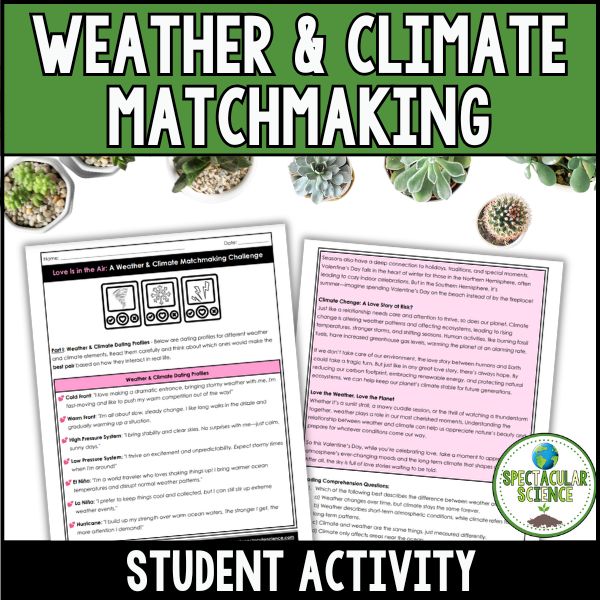
Students take on the role of matchmakers, reading fun “dating profiles” for weather systems like cold fronts, hurricanes, and high-pressure systems. Then, they pair them up based on how they interact in the atmosphere. This engaging activity not only reinforces key meteorological concepts but also adds a festive Valentine’s Day twist to science learning!
Perfect for reinforcing weather patterns, atmospheric interactions, and critical thinking in a lighthearted way.
Interested in this new activity? Grab it here or let me create a custom Valentine’s Day science lesson just for you!
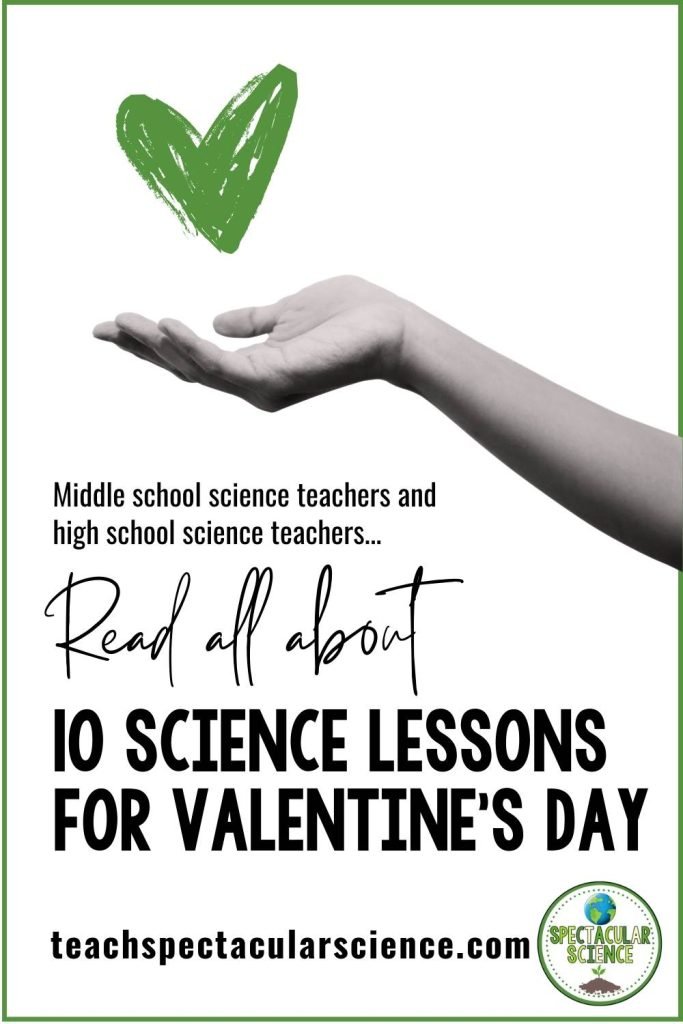
Final Words
Blending the excitement of Valentine’s Day with science in the classroom can be a rewarding and engaging teaching strategy. From exploring geological love stories to dissecting hearts and delving into the chemistry of love, these activities not only capture students’ attention but also foster a deeper understanding of scientific concepts. The interconnectedness of science and the Valentine’s Day theme opens up avenues for creative and interactive learning experiences. As educators, we have the opportunity to channel the enthusiasm surrounding this holiday into meaningful scientific exploration, creating a perfect union of love for both Valentine’s Day and science in our classrooms.
Whatever you decide to do leading up to February 14, here’s hoping the love of Valentine’s Day meets a love of science.

